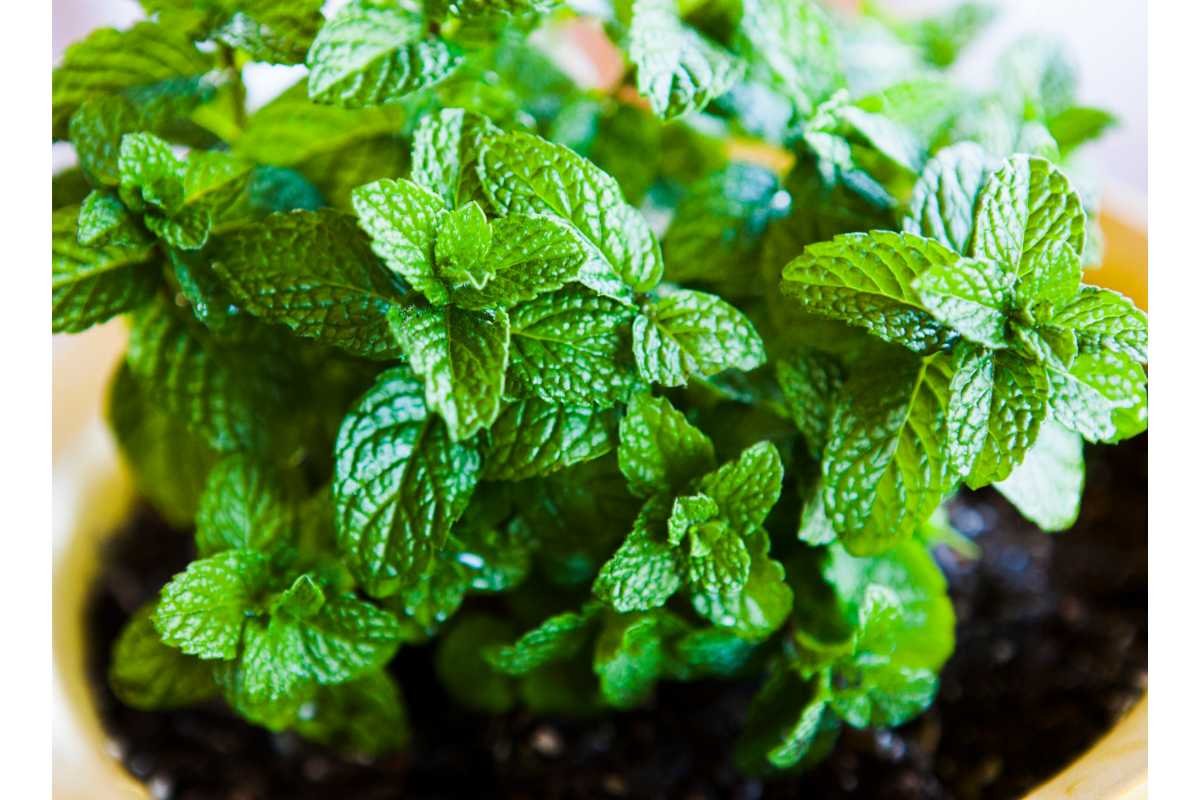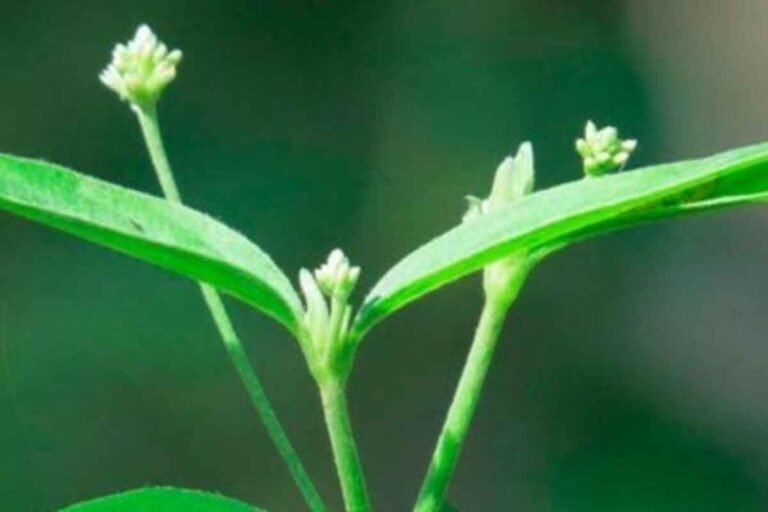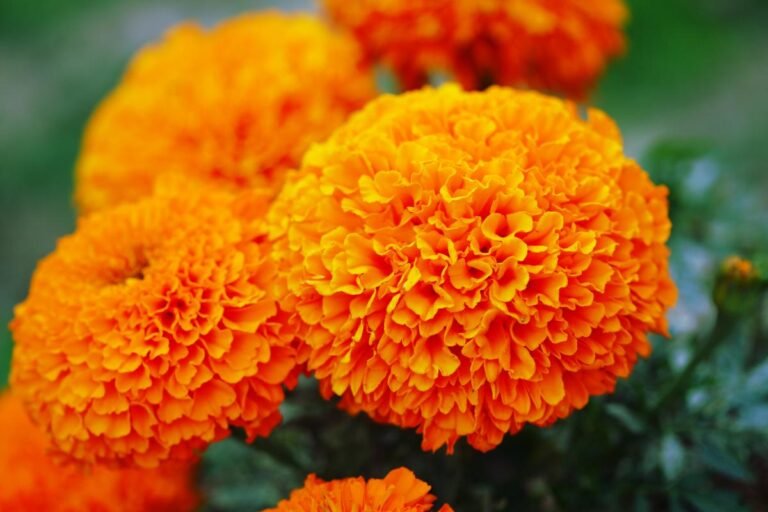How to Grow Mint Indoors
Growing mint indoors in a pot is a great way to keep it from spreading throughout the yard. Mint is a perennial that will return year after year, though the stems will stop growing during winter. Mint comes in a huge variety of species. Mint also grows remarkably well indoors in pots. I also grow mint indoors in pots all year long. This means I can gather fresh homegrown mint leaves throughout the year. In this blog post, I’d like to share with you three distinct methods on how to grow mint indoors.
Best Varieties to Grow Mint Indoors
It might surprise you to discover that there are more than 600 different varieties of mint on earth. A few of them are:
- Moroccan mint
- Peppermint
- Chocolate mint
- Banana mint
- Curly mint
- Cocoa mint
- Spearmint
- Pineapple mint
- Strawberry mint
- Grapefruit mint
- Water mint
Any variety of mint can be grown indoors. Try to grow apple mint, pineapple mint, cocoa mint, spearmint, and peppermint. In addition to having a distinct appearance, each has its own taste. I enjoy pineapple mint’s striped leaves.
Reasons to Grow Mint Indoors
It is much simpler to grow mint indoors in pots than many other plants, provided you give it enough light and regular moisture.
Mint is a remarkably attractive houseplant as well. I enjoy the way some varieties of mint have stems that hang over the edges of the pot.
When it comes to flavor, some are more famous than others. While mint is lovely, most of us don’t cultivate herbs for their appearance. We cultivate them for their flavors, and on a chilly day, what could taste better than a cup of hot tea made with fresh, cultivated mint leaves? You’ll always have a few stalks of mint available for harvest because mint continually produces new stems and leaves.
The fragrance of mint is an additional motive for learning how to grow mint indoors in pots. When I have to drive somewhere else on an awful day, all I have to do is snap a leaf, grind it between my fingers, and take a deep breath. Mint has an energizing and stimulating aroma. For an aromatic, calming soak, you could even add a few leaves to your bathwater.
The absence of pests is the concluding advantage of growing mint indoors. My mint plants have never been attacked by any houseplant pests, besides the odd fungus gnat.
Three Techniques to Grow Mint Indoors
As a houseplant, there are primarily three techniques to grow mint indoors. Let’s talk about each choice.
How to Grow Mint Indoors in Pots
It is the most common approach to grow mint indoors. Select a pot with a hole for drainage in the bottom that has a minimum width of 8 inches. While plastic works just as well, I prefer decorative ceramic containers. Clay pots should be avoided as they deteriorate too rapidly.
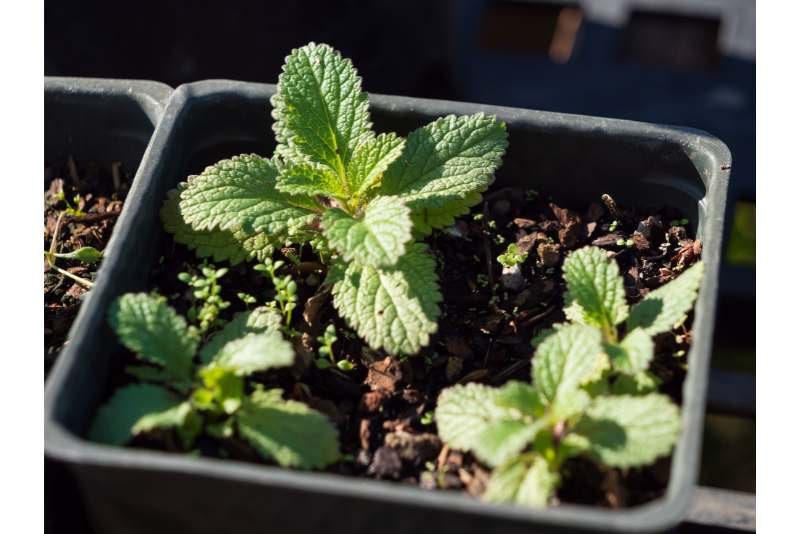
To grow mint indoors in pots, use good-quality potting soil and make sure to allow a half-inch head gap between the soil’s top and the pot’s rim. This serves as a reservoir and prevents irrigation water from evaporating too rapidly. Mint plants in pots can survive as indoor plants for many years.
How to Grow Mint Indoors in Water
Additionally, mint can be planted indoors in water. The absence of soil is the primary advantage of this technique. There is never any waste, watering, or fungus gnats. Mint does not, however, float in water indefinitely. The plant will eventually cease growing and its leaves will turn yellow.
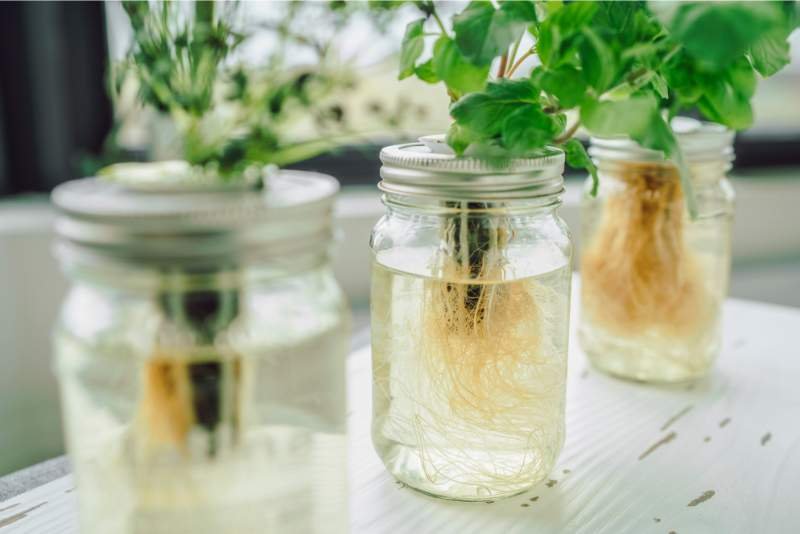
You will be able to harvest occasionally, though, if you store a few water-rooted stems in a container. Take a few stem cuttings from the parent plant, cut off all the lowermost leaves, and place the stalks in a water-filled container to begin growing mint indoors. After every five to seven days, replace the water and wash the container.
How to Grow Mint Indoors Using Hydroponics
Hydroponics can also be used for understanding how to grow mint indoors. In reality, mint is a fantastic crop to grow in a hydroponic system that is either purchased or made at home.
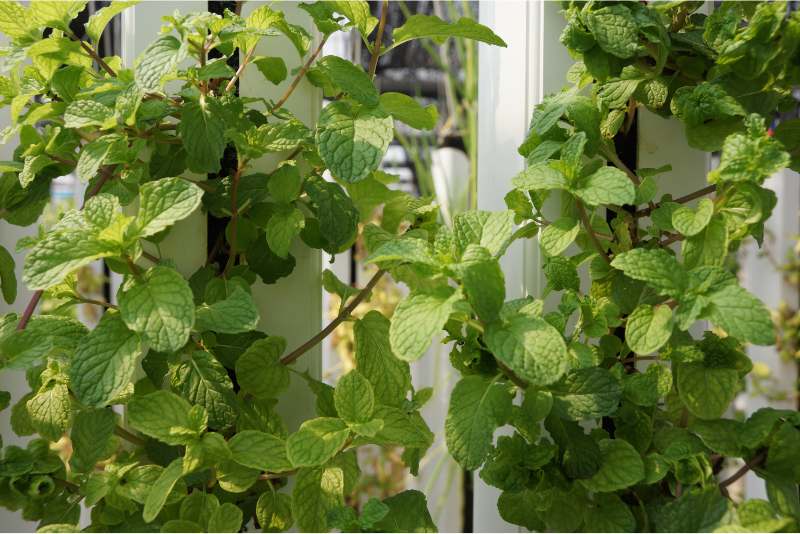
Although there is less mess because there is no soil involved, hydroponic systems are more costly than soil-based growing. The expense of the nutrient solutions is higher than that of conventional fertilizers as well. However, if you intend to produce plenty of mints then hydroponics is worth investigating.
Fertilizing
When you try to grow mint indoors, fertilization is yet another simple job. Fertilization is essential for your indoor mint using an organic fertilizer after every three weeks from spring to late summer. Follow the directions on the package when mixing.
If you want to pick from your plant throughout the winter, fertilize it once every six weeks from early autumn to early spring. Indoor mint will continue to develop throughout the winter, unlike other houseplants, so it is a good idea to feed it. Be careful not to overuse it.
Picking Mint Indoors
For harvesting, simply cut off the whole stems for drying or fresh use, or take single leaves as required. Don’t be hesitant to severely prune the plant a few times per year. This promotes bushy growth habits and the development of tasty new shoots.
In the middle of spring, I usually cut my bushes all the way back to the ground. A few weeks later, this causes the growth of brand-new, tasty, dark green leaves. Just before the plant’s most active growth phase, it renews the plant.
A productive and enjoyable activity is growing mint year-round indoors. Mint is genuinely one of the simplest herbs for growing indoors.

